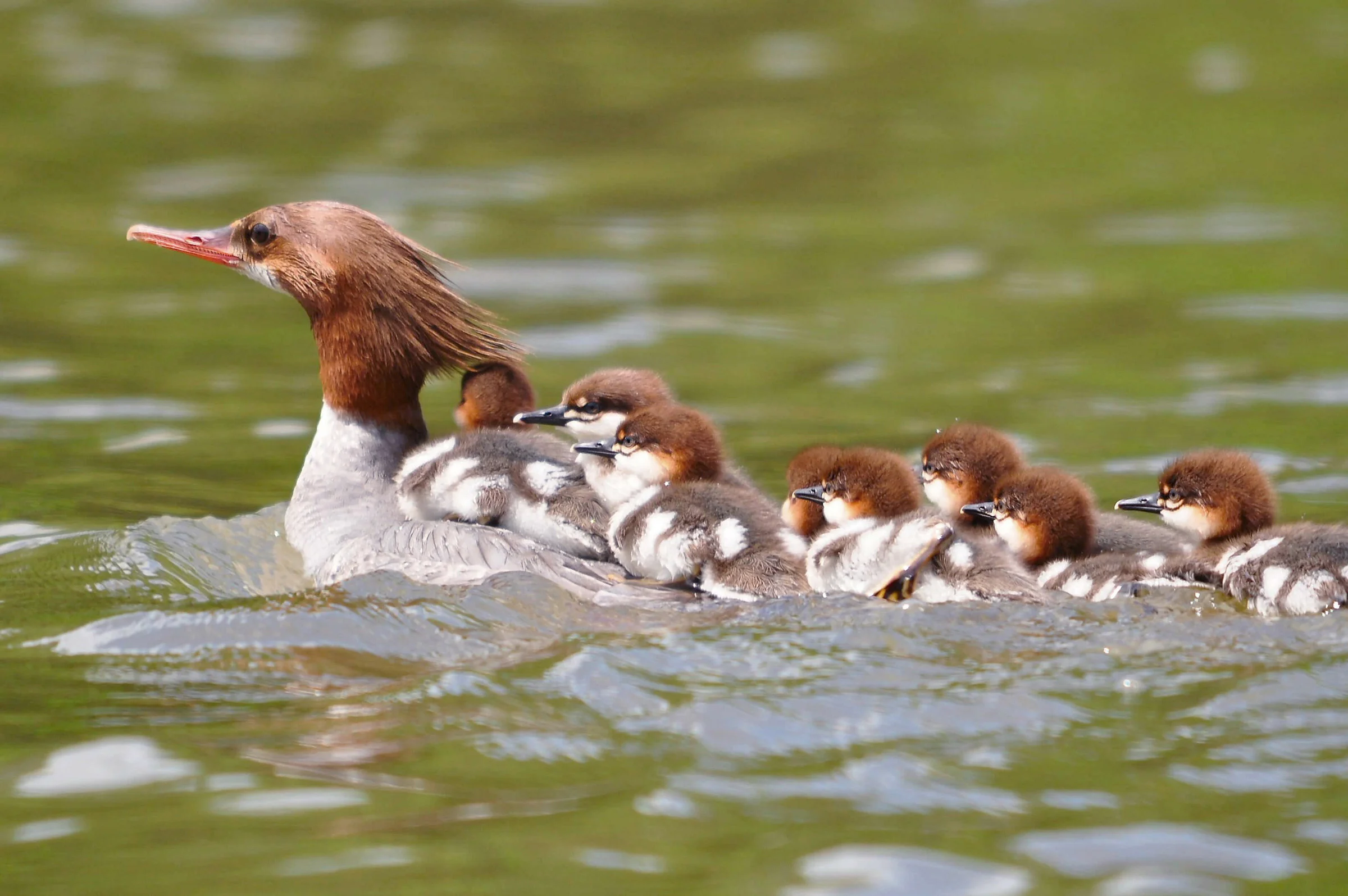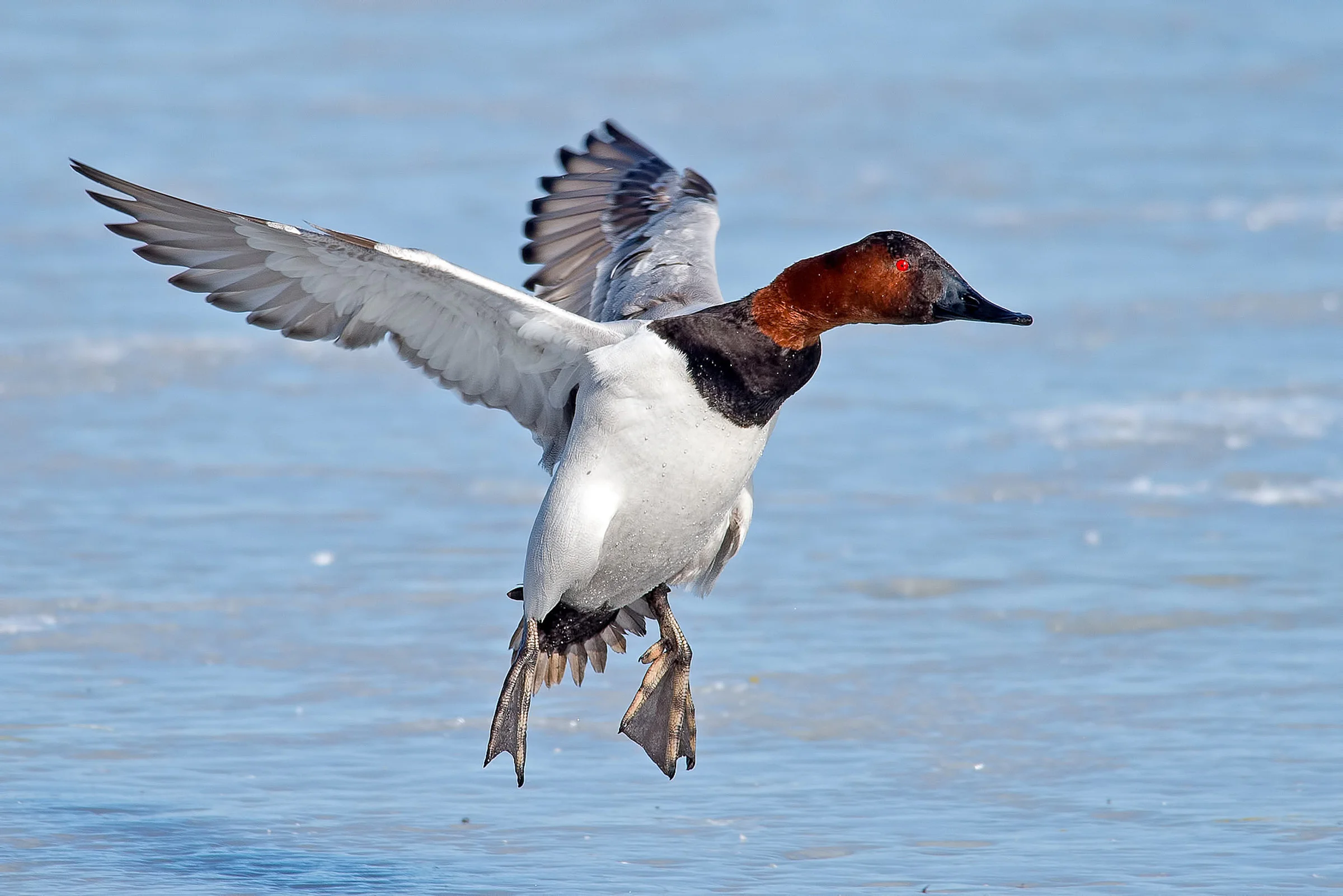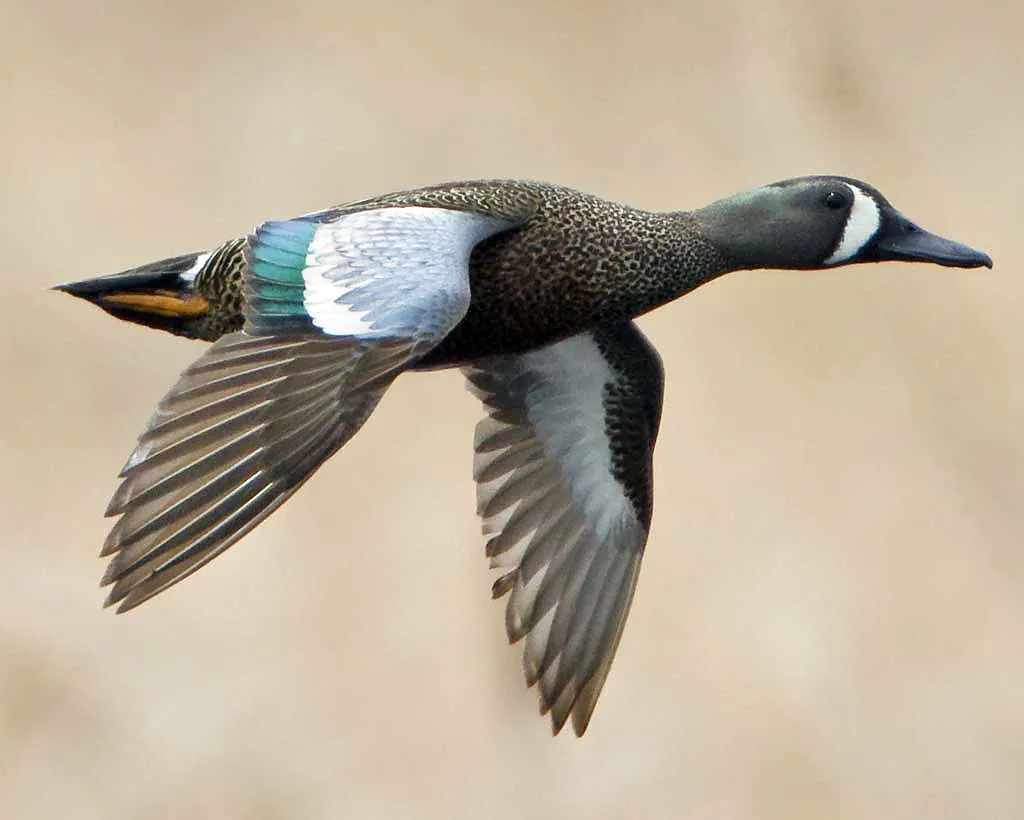Discovering the Diverse Aquatic Wildlife of St. Johns River
- Mai
- Apr 5, 2024
- 4 min read
April 3rd was National Aquatic Animal Day, which is dedicated to raising global awareness about aquatic animals in the world. DeBary has many places that are filled with beautiful nature, including lakes and springs. Let’s learn about aquatic animals living in the St. Johns River!
Fish
Experience the joy of fishing in DeBary at three fantastic locations full of freshwater delights. The St. Johns River is also known as the Bass Fishing Capital of the World. However, before you start fishing in DeBary, make sure you have your freshwater fishing license from the Florida Fish and Wildlife Conservation.
Learn more about acquiring a fishing license HERE. Also, don't forget to check out the fishing rules and regulations HERE.

Manatee

Manatees, often referred to as gentle giants, are beloved inhabitants of the St. Johns River and its neighboring springs. These fascinating creatures, distant relatives of elephants, are drawn to the warm waters near the springs as temperatures drop. Recognized as an endangered species, manatees are legally protected. Some interesting facts about them include that they breathe air but never leave the water and spend most of their days eating when not sleeping or swimming.

Blue Crab

The Blue Crab, also recognized as the Chesapeake Blue Crab or the Atlantic Blue Crab, possesses remarkable swimming abilities attributed to its unique fifth pair of legs, which shape like paddles. Besides their swimming paddles, they also have one pair of claws and three pairs of walking legs. Notably, adult females have red-tipped claws, adding to their distinctive appearance.
Scientifically termed Callinectes sapidus, translating to "savory, beautiful swimmer." Their versatile diet includes clams, mussels, snails, dead fish, plants, and even fellow crabs. They consume almost anything they encounter. Blue crabs play a vital role in ecosystem balance, regulating the population of various aquatic organisms because of their diet. Their dietary preferences help maintain equilibrium, ensuring a thriving underwater environment for all inhabitants.
Shrimp

In Florida, three distinct types of shrimp thrive: white, pink, and brown shrimp. As the young shrimp mature within the St. Johns River, typically reaching adulthood during the summer months, they put on their "traveling shoes," as affectionately referred to by local shrimpers, and venture into the vast ocean beyond.
Each year, saltwater shrimp migrate into the freshwater of the St. Johns River, accompanied by several species of saltwater fish.
Oyster

Oyster can be found in the lower St. Johns River, which is a little above DeBary. It can grow as a single individual or cluster in groups large and small. One of the interesting facts about oysters is that they are alive until the moment just before consumption. Their heart is right next to the bottom adductor muscle. Therefore, in most cases, separating the meat from the shell kills the oyster.
Otter

North American River Otters are playful semi-aquatic mammals with thick, protective fur to keep them warm while swimming. They have
short legs, webbed feet, and a long, straight tail for swift movement in the water. Remarkably, they can hold their breath underwater for up to eight minutes. Their long whiskers aid in detecting prey in dark or cloudy water, and on land, they can reach speeds of up to 15 miles (24 kilometers) per hour. One fascinating aspect of North American River Otters is their strategic den-building. Typically located near waterways, these dens have multiple entrances, both above and below the surface.

Waterflow
St. The Johns River boasts a vibrant ecosystem that serves as a haven for approximately 20 distinct waterfowl species. Below, we introduce a selection of the diverse residents that call St. Johns River home, ranging from the mottled duck, merganser, canvasbacks, blue-winged teal, wood duck, green-winged teal, gadwalls, to scaup.
Alligator

Alligators are a ubiquitous sight in Florida, with populations spanning all 67 counties of the state. One of their favored habitats is the St. Johns River. During the spring to summer months, which mark their mating season, alligators exhibit heightened protective behavior. It's crucial to give them ample space and avoid disturbing them, both out of respect for these impressive creatures and for your own safety.
One interesting aspect of alligators is their surprising agility. Contrary to popular belief, they possess the ability to climb and even jump. In fact, they can jump up to 6 feet.
Turtles
The St. The Johns River is home to a diverse array of turtles, boasting a total of eleven distinct species. Among these are softshell turtles, mug turtles, snapping turtles, and basking turtles.
How to Show Respect for Aquatic Animals in the St. Johns River
Allow them space It's natural to feel drawn to aquatic animals, but it's crucial to respect their need for space. While some may seem friendly, it's important to remember they are wild creatures. Approaching too closely can frighten or harm them, and they may react defensively, posing a risk to humans as well.
Preserve their environment Respect their habitat by refraining from leaving trash behind. Always carry out any waste you generate during your visit, ensuring the river remains clean and free from pollution that could harm aquatic life.
Cultivate curiosity Take the opportunity to learn more about the diverse creatures that inhabit St. Johns River. Educating yourself about local wildlife not only enhances your understanding of the natural world but also fosters a deeper appreciation for the beauty and complexity of nature.

Learn more HERE.
























